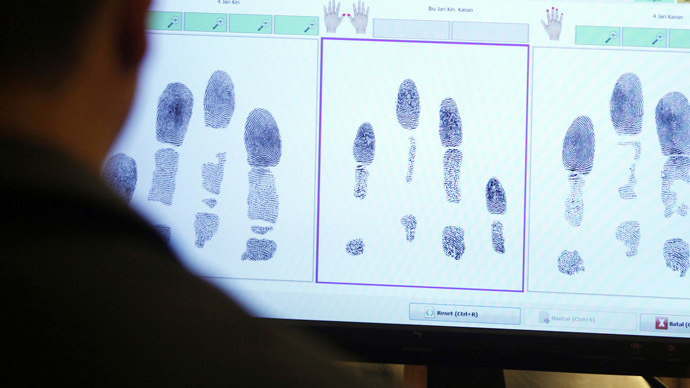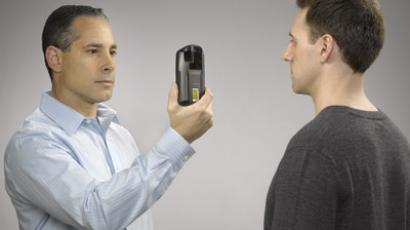DHS biometric program gets $250 million from Senate

A Senate subcommittee this week approved a request from the United States Department of Homeland Security for nearly a quarter-of-a-billion dollars to be used on a state-of-the-art biometric system.
On Tuesday, the Senate Appropriations Subcommittee on DHS green-lighted more than $47 billion to go towards the agency as part of a request made for funding in fiscal year 2015.
According to a statement published later that day by Sen. Barbara Mikulski, the chairwoman of the committee on appropriations, a significant chunk of that sum will go towards increasing the efforts of DHS to document persons coming in and out of the US by using high-tech biometric technology that captures unique features from individuals and then scours massive databases for more information pertaining to those persons. If all goes as planned, upgrades to DHS’s biometric system will allow not only for the vast collection of this information, but will ensure that the details are easily shared among federal agencies of various sorts.
“The bill provides $249 million for the Office of Biometric Identity Management, $2 million below the request and$22 million above fiscal year 2014,” the statement reads in part. “This funding helps assure national security, public safety and the integrity of our immigration laws.”
“By sharing real-time biometric and identity data between the Departments of Homeland Security, Justice, Defense and State we can monitor who legally enters and exits the country,” the statement continues.
Earlier this month on the Biometric Update website, writer Rawlson King explained how the OBIM’s functions have expanded immensely during the last decade. Although visitors to the US who required a visa inserted in their passport were the only ones who had their biometric data stored by the DHS as of 2004, King wrote, since 2009 most non-US citizens, including lawful permanent residents, have had to adhere to the rules of the program administered by the OBIM.
“Biometrics collected by OBIM is linked to specific biographic data in order to establish and verify a person’s identity. With each encounter, from applying for a visa to seeking immigration benefits to entering the US, OBIM checks a person’s biometrics against a watch list of known or suspected terrorists, criminals and immigration violators,” King wrote.
The budget request from DHS is absent details about how the $249 million will specifically be used, but researchers at Security Debrief concluded previously that that the cost of implementing the latest biometric technology at the top 50 US airports and seaports would could roughly double that — between $400 million and $600 million — according to that report.
New cost analysis could soon reveal a cheaper price tag, though: earlier this month, the FCW federal technology website reported that US Customs and Border Protection is preparing within weeks to open a new facility outside of Washington, DC that will test devices that record biometric data from travelers exiting the country, according to CBP Commissioner Gil Kerlikowske.
Previously, RT reported that DHS had been testing out its newest biometric tools at a 6,000-seat hockey area in Washington state where high-tech video cameras equipped with facial-recognition programming were recording headshots of passersby and matching it up with a database similar to what feds want to accomplish at border crossings. According to King’s report from earlier this month, the DHS currently checks federal, state and local government databases 30,000 times daily already for OBIM’s biometric details.
Meanwhile, some privacy experts fear that maintaining all of this information in any sort of database poses major security risks. On the US Chamber of Commerce Foundation’s official blog, Vice President of Research and Emerging Issues Rich Cooper wrote this week that the possibilities with regards to exploiting this information is still abundant.
“Within days of the release of the iPhone 5, for example, hackers found ways to get around Apple’s fingerprint scanner,” he acknowledged. “Yet, the bigger security issue is not so much a threat to the biometric device itself but to the database storing the physiological markers of thousands or even millions of people. A compromise of this information would be devastating. You can change a password; you cannot change your fingerprints and other body features.”














